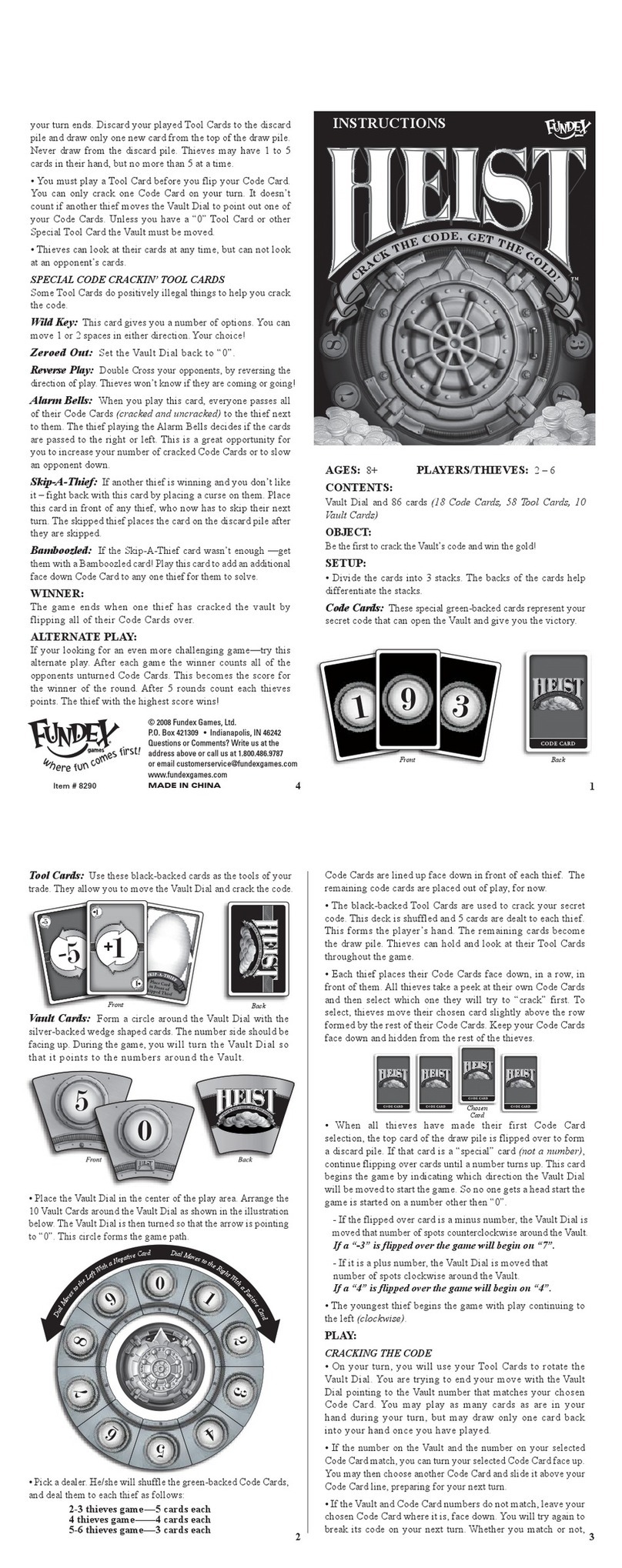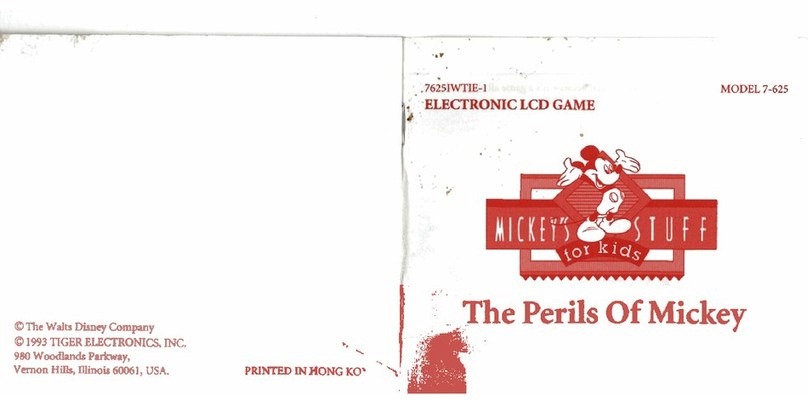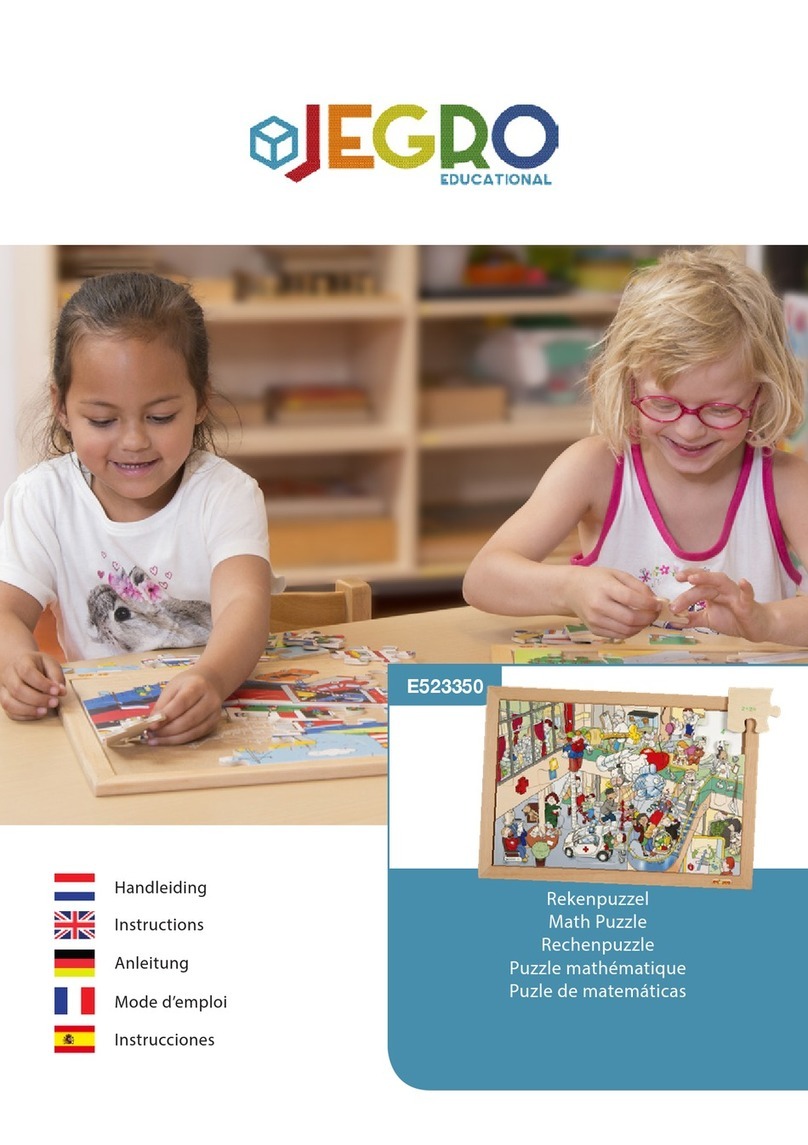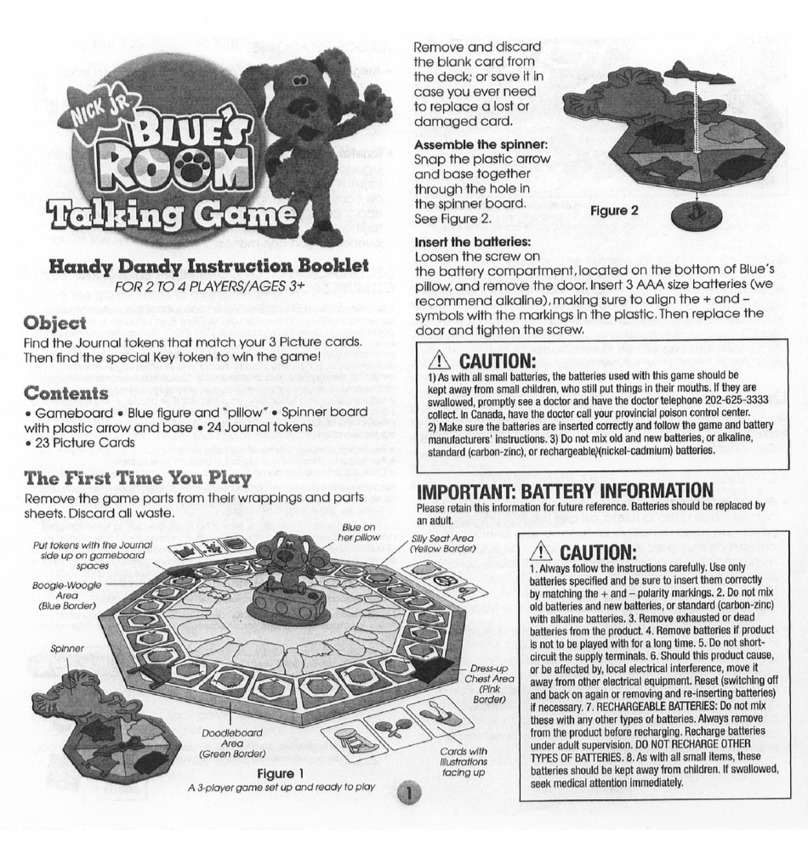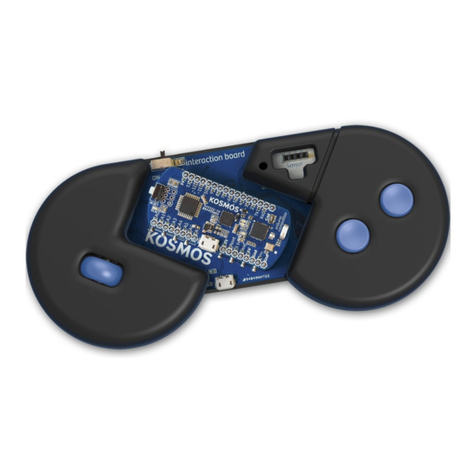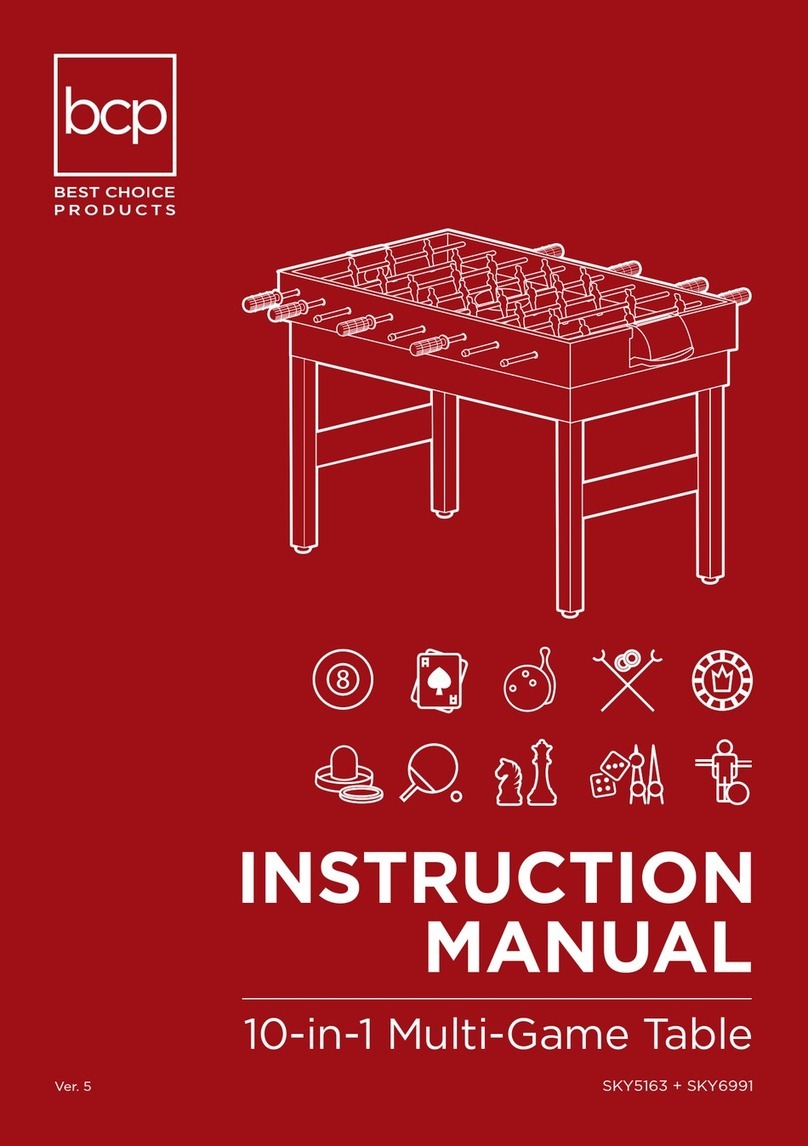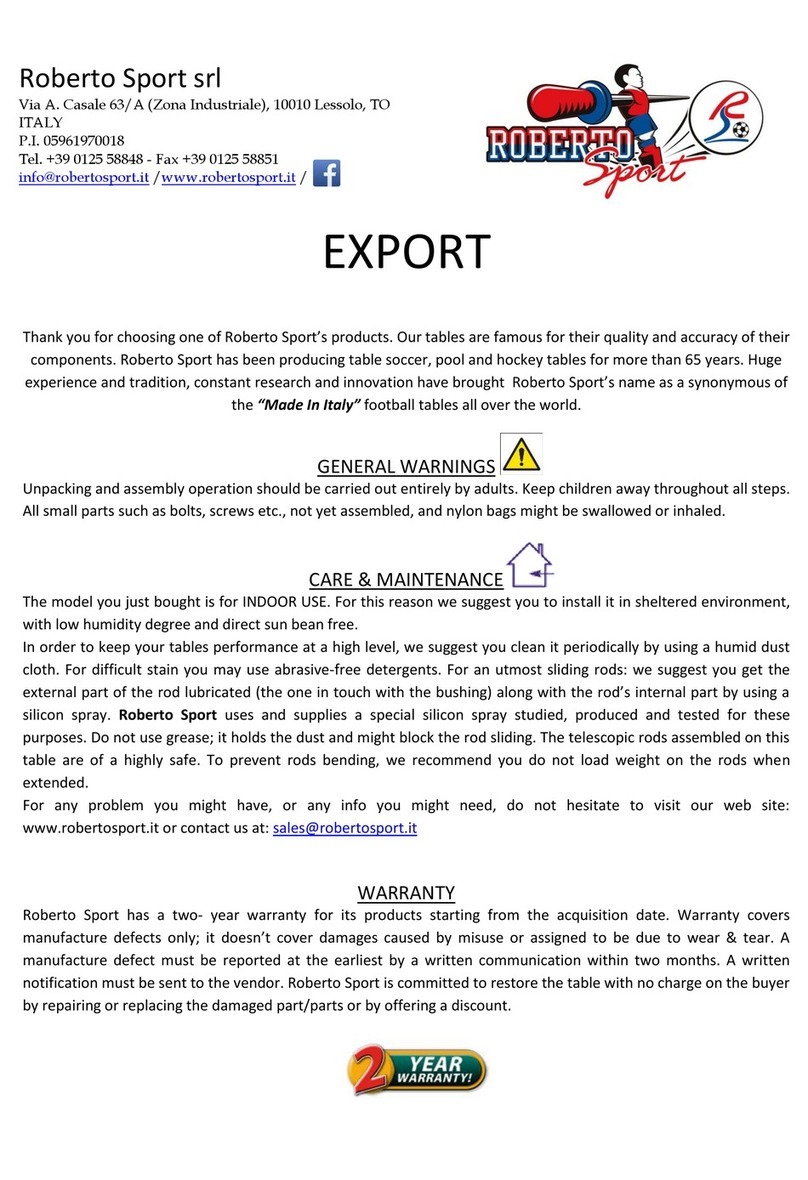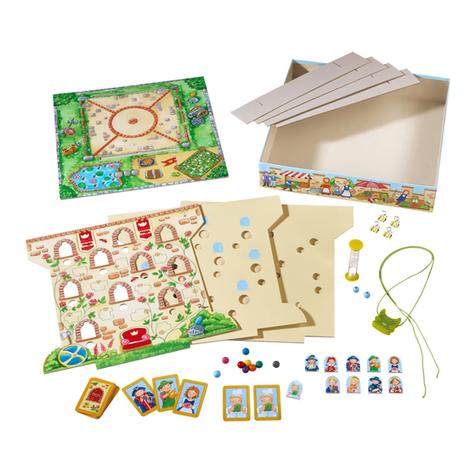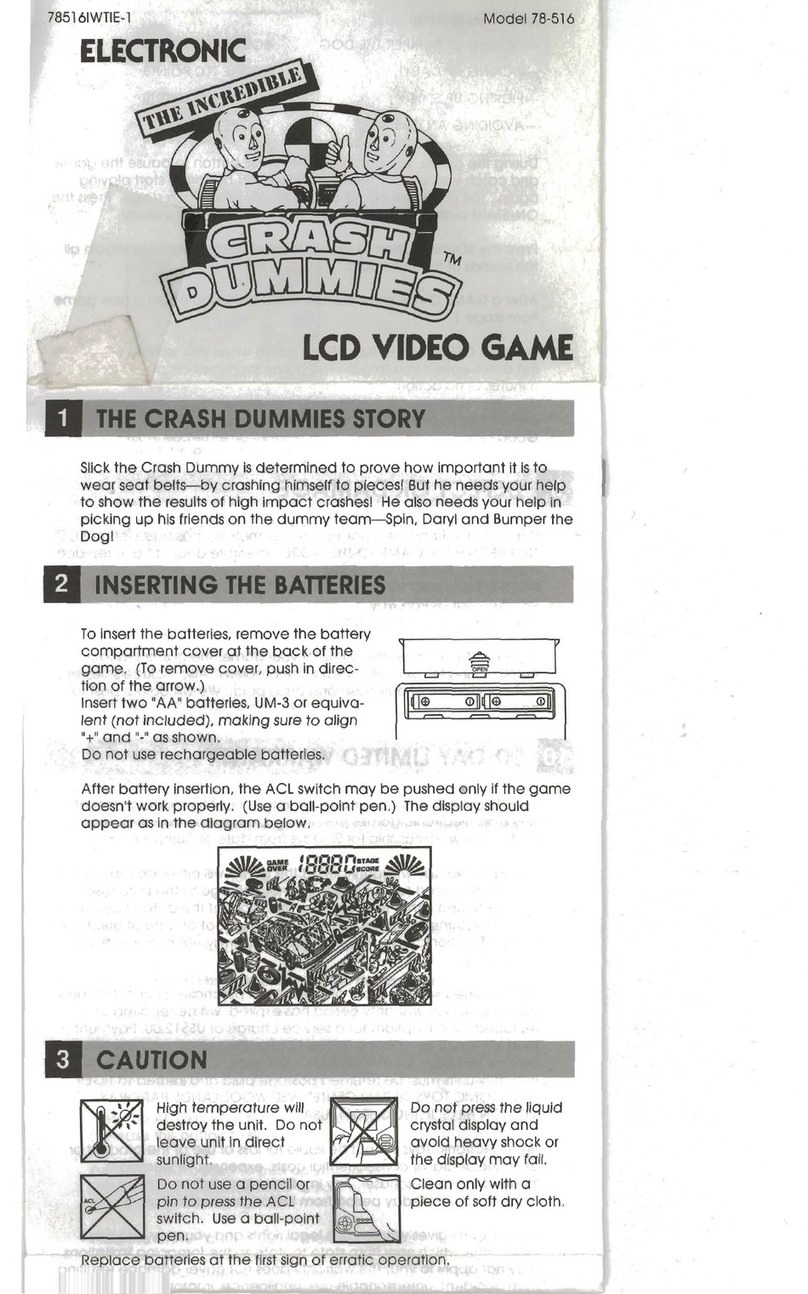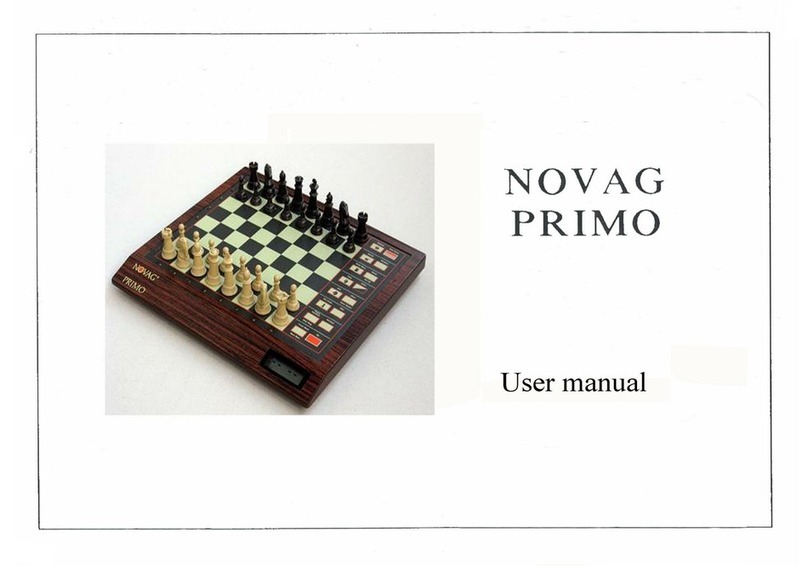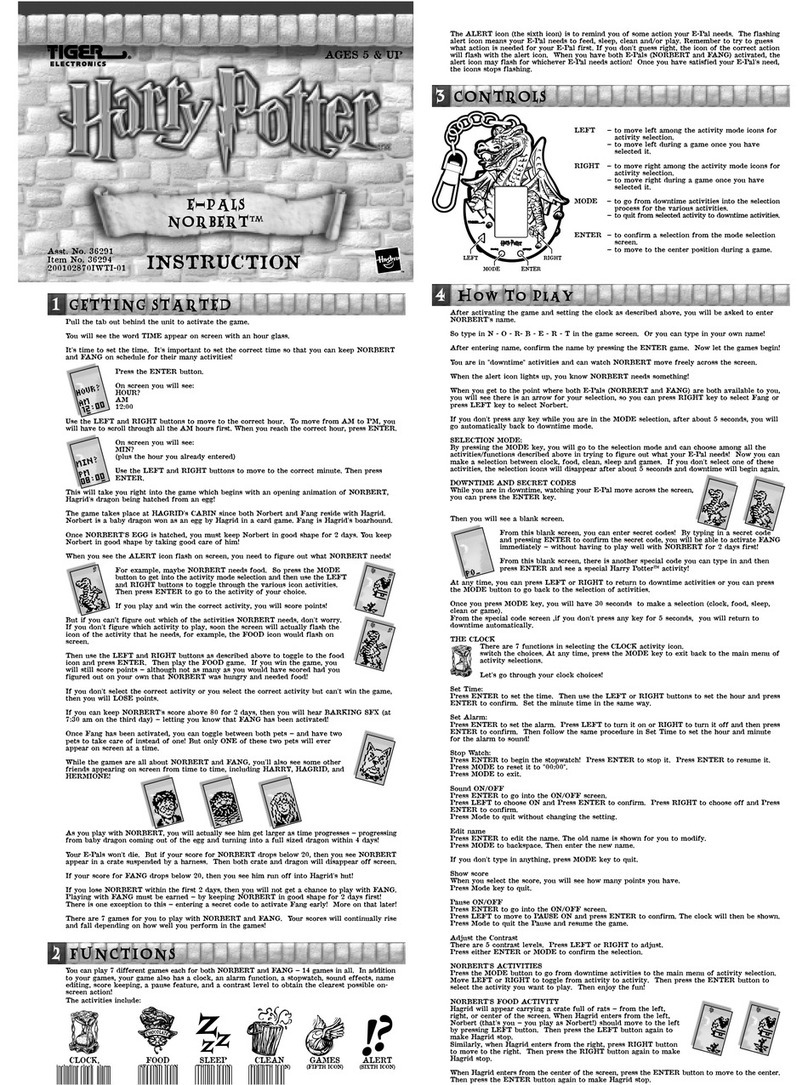JDB Games Crystal Draughts User manual

www.jdbgames.com Crystal Draughts Game Manual
This publication and the Crystal Draughts game board are copyright © 2003 J. David Barnhart d.b.a. JDB Games, all rights
reserved. Patents are pending. The jdb logo and Crystal Draughts are trademarks of JDB Games.
JDB Games
Crystal Draughts
Game Manual
JDB Games
P.O. Box 11561
Albuquerque, NM 87192
E-mail: [email protected]
Web: http://www.jdbgames.com
FAX & Phone: (505) 294-4751
™

Crystal Draughts Game Manual 1.0 JDB Games
2
.
.
.
.
.
.
.
.Crystal Draughts™
Molecular Chinese Checkers
For 2, 3, 4 (in teams of 2), or 6 players ages 8 and above. No knowledge of chemistry or
molecular science is necessary to learn and play the game, though the game uses terms and
depictions of chemistry concepts.
The Game Board
Parts List:
4 – printed clear plastic boards
1 – square wooden base
3 – 4” wooden posts & 1 – wooden top
36 – colored glass tokens (12 each of two different colors, and 4 each of 4 other colors).
1 – fabric token bag
1—Game Manual
Figure 1 Parts included in the game box. Photo does not include this game manual which is
also included.
WARNING! THE TOKENS MAY CONSTITUTE A CHOKING HAZARD TO
CHILDREN AGES 3 AND UNDER.

www.jdbgames.com
3
Assembly Instructions
1. Peel the paper backing off of the plastic game boards.
2. Place a plastic game board on top of the base with the holes aligned.
3. Place a 4” wooden post on the plastic board so that the bolt goes through the center hole.
Screw the post in firmly. It may help to set the plastic board on its edge or hold the board
while you tighten the post securely to the base. Do not over-tighten or damage not
covered by the warrantee may occur. (Should you need, replacement parts are available.)
4. Place a plastic game board on top of the 4” wooden post. The plastic boards should all be
arranged so that spaces between the three playing surfaces on a board align directly
above the playing surfaces of the level below (see cover photo). This should result in a
“woven” effect with boards aligned with the empty spaces between boards of the levels
above and below.
5. Place a 4” wooden post on the plastic
board so that the screw goes through
the center hole. Screw the post in
firmly. It helps to look at the board
from directly above to align the
boards. See Figure 2.
6. Repeat instruction #4. (Install plastic
game board.)
7. Repeat instruction #5. (Install post.)
8. Repeat instruction #4. (Install plastic
game board.)
9. Screw the wooden top through the
hole on the last plastic board. Again it
may help view the game from directly
above to keep the game set aligned as
you tighten the top piece.
10. Separate the game pieces into separate
colors.
Terms to Know
Molecule: Each printed pattern of 4 circles connected by lines is referred to as a molecule
(see Figure 3). There are three molecules on each tier and twelve molecules total on the
game board.
Tier: Each plastic board on a different vertical level with
three molecules on it is a tier.
Atom: Each small circle on each molecule is called an atom.
Atoms are the game spaces. Each atom will contain only one
token (electron) at a time.
Path: The lines of travel between atoms are paths. Electrons
travel along paths between atoms. Paths also include the lines
appearing to lead off the board, which connect atoms between adjacent levels. The inter-level
paths are easier to see from directly above the game board. The matrix of paths forms a
woven 3D fabric of hexagons around the center post. Paths do not lead from one molecule of
Figure 2. Top view of Crystal Draughts
showing the alignment of two tiers.
F
igure 3. A molecule.

Crystal Draughts Game Manual 1.0 JDB Games
4
a tier to another molecule on the same tier. Paths between molecules always change vertical
levels.
Electron: Each token is an electron. Each time a token is placed upon an atom it “charges”
the atom.
Dimension and Molecular Structure: Crystal Draughts uses an actual representation of
three dimensions: height, width, and depth. It is also a representation of an imaginary crystal
molecule with each circle viewed as an atom, and the lines as connecting paths of electrons.
The lines which do not connect directly to circles lead to the lines directly above and below
on the interwoven layers of boards— providing a network of connectivity throughout the
board. This connectivity can be seen more clearly when the board is viewed from directly
above.
Crystal: The entire game board is an imaginary crystal comprised of individual molecules
in a 3D woven fabric.
Vertical Paths
A visible path directly connects atoms of each
molecule. Vertical paths between molecules
use the unconnected lines of atoms (see
Figure 4). The path leads from the
unconnected end of the line to the level above
or below and to that side of the origin
molecule. It is easy to see how the
unconnected ends line up if you view the
game board from directly above.
To Play the Game
Two-player Game
The players each choose 12 of a unique single
color of tokens (called electrons) each. One
player choose the top tier, the other the
bottom, and each cover all atoms on his tier
with his/her tokens before the start of the
game. Decide who goes first, and alternate
turns.
On each turn, a player may move either one of
his/her electrons to an atom one path away, or
jump over an electron with one of his/her
electrons. To jump an electron, the
neighboring atom one path away must be
occupied by an electron (charged), and the
destination atom one path beyond that must
be unoccupied (uncharged). You may jump
across any player’s electron. A series of jumps may be completed in one turn if there are a
series of occupied and unoccupied (charged and uncharged) atoms forming a chain of single
jumps all the way. No electrons are removed when jumped.
The object of the game is to transfer all your electrons across to the other end of the crystal
(game board) first. The top goes for the bottom and vice versa.
Figure 4. Arrows showing some examples of
vertical paths between atoms of different
molecules on the Crystal Draughts game
board.

www.jdbgames.com
5
Four players may participate in teams of two. Turns are rotated among team members as
well as teams alternated. Players of the same team share the same color electrons.
Six-player Game
Each player chooses four tokens of one color. Each player should have a different colored
group of four tokens from one another. Before the game each player chooses a molecule on
either the top or bottom tier and covers the atoms with their tokens (electrons).
Play follows as in the two-player game with each player taking a turn. The object of the game
is to be the first player to get all of your electrons to the opposite molecule at the other end
(top or bottom) of the crystal (game board). Moves are of either a single path or a jump as in
the two-player rules.
Three players may participate by each choosing four tokens as above in the six-player
version. Each starts on a molecule of the same tier (top or bottom) and races the others to the
opposite molecule on the other end of the crystal to be first to get all his/her electrons to the
destination and win. A variation of this is to have the destination be any atom on the other
end of the crystal from the starting tier.
Watch for More Game Variations on the JDB Games Website
There are more games possible on the Crystal Draughts game board. We have provided this
initial game to introduce the board, but we will post variations we receive from players and
our own different games as we develop them.
Keep watching the JDB Games website at: www.jdbgames.com for more games involving
use of the Crystal Draughts game board as well as to explore other fascinating games:
Table of contents
Popular Game manuals by other brands
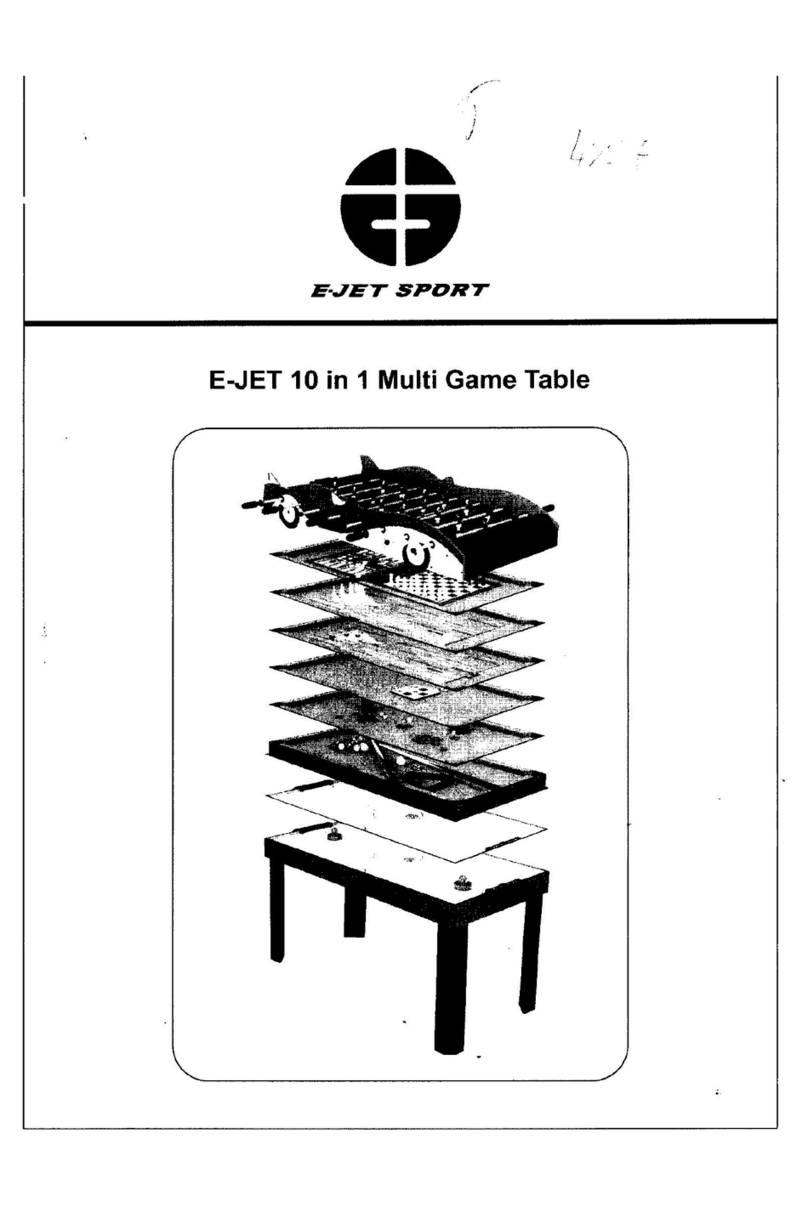
E-Jet
E-Jet 10 in 1 Multi-Game Table Assembly instructions

Monarch
Monarch NG1020 Assembly instructions
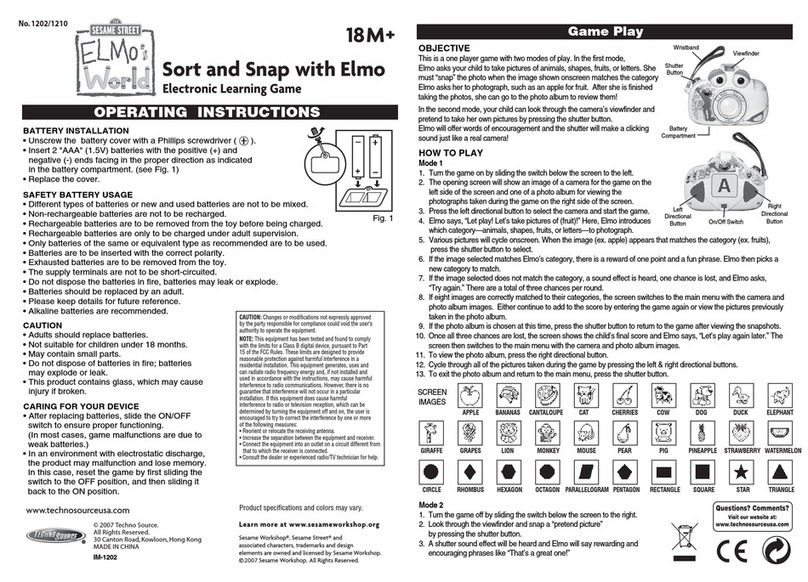
Techno Source
Techno Source Sesame Street Elmo's World: Sort and Snap with... operating instructions

CANADA BILLARD & BOWLING INC
CANADA BILLARD & BOWLING INC EURO installation manual

Carmelli
Carmelli NG4009H Assembly instructions
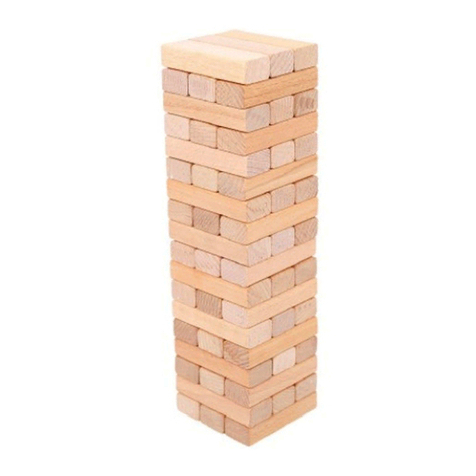
Costway
Costway TY327948 user manual
